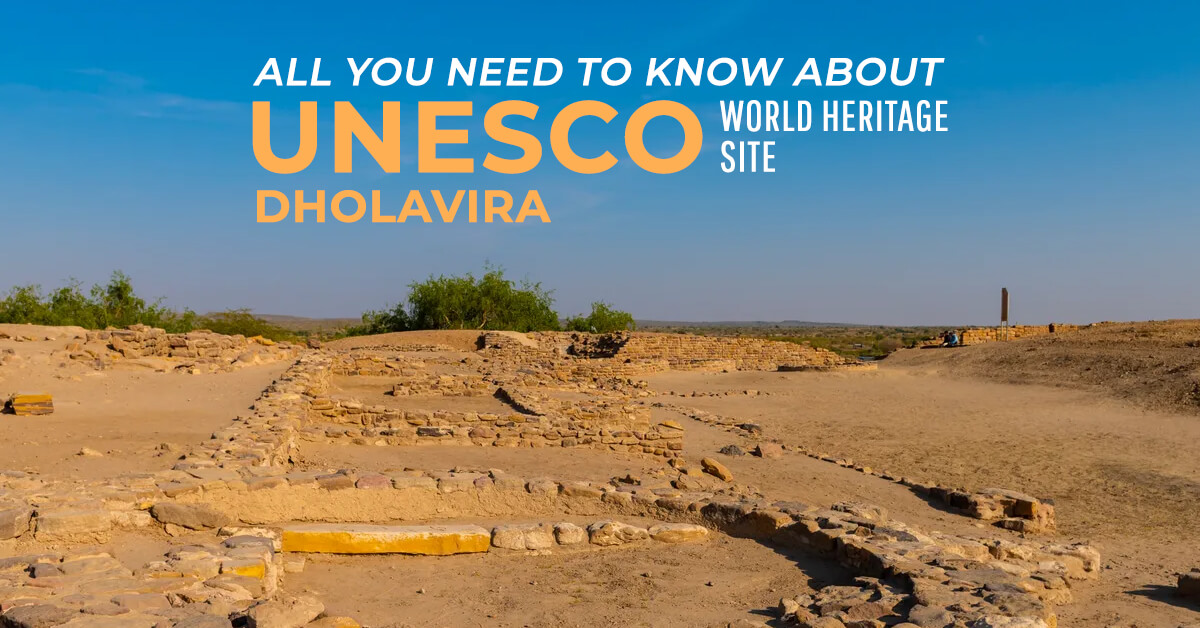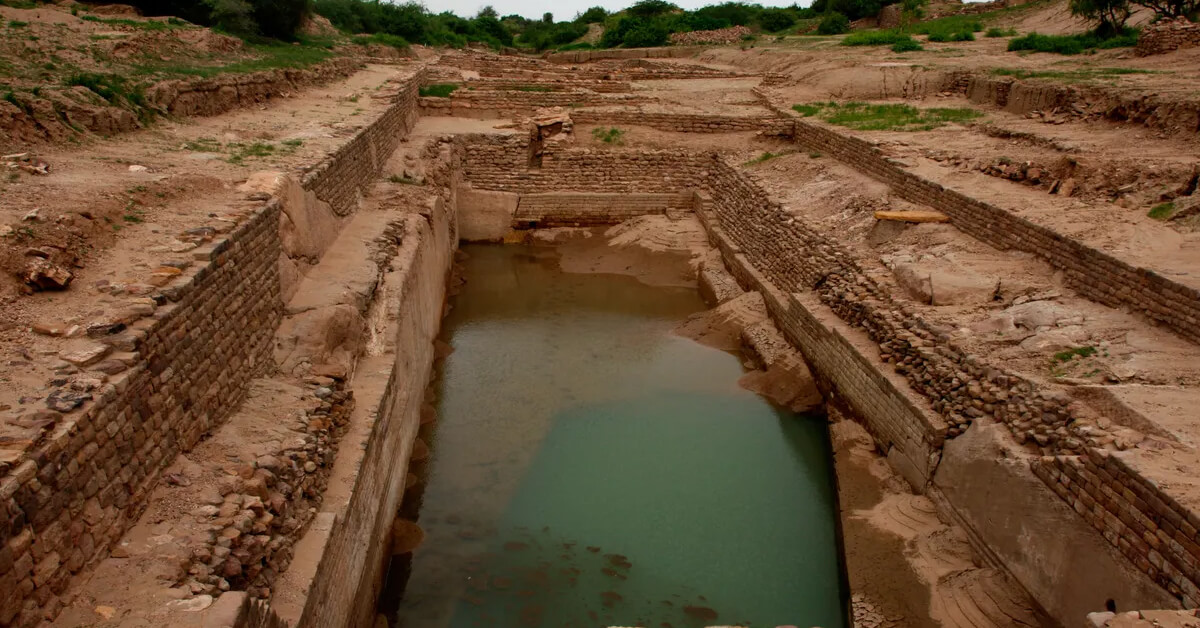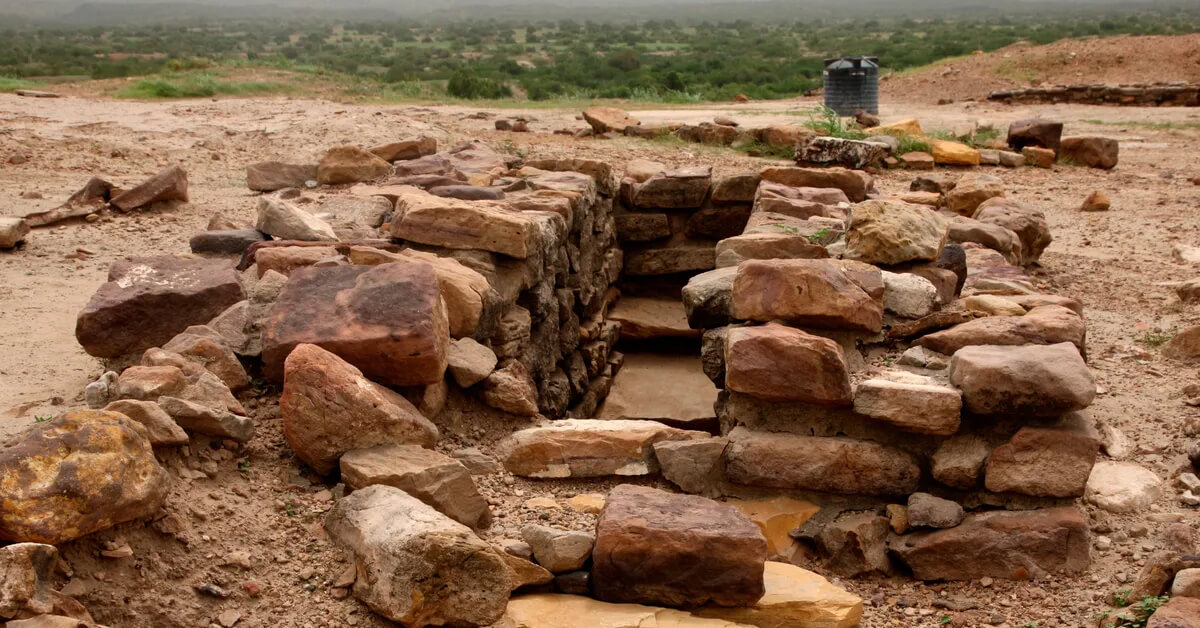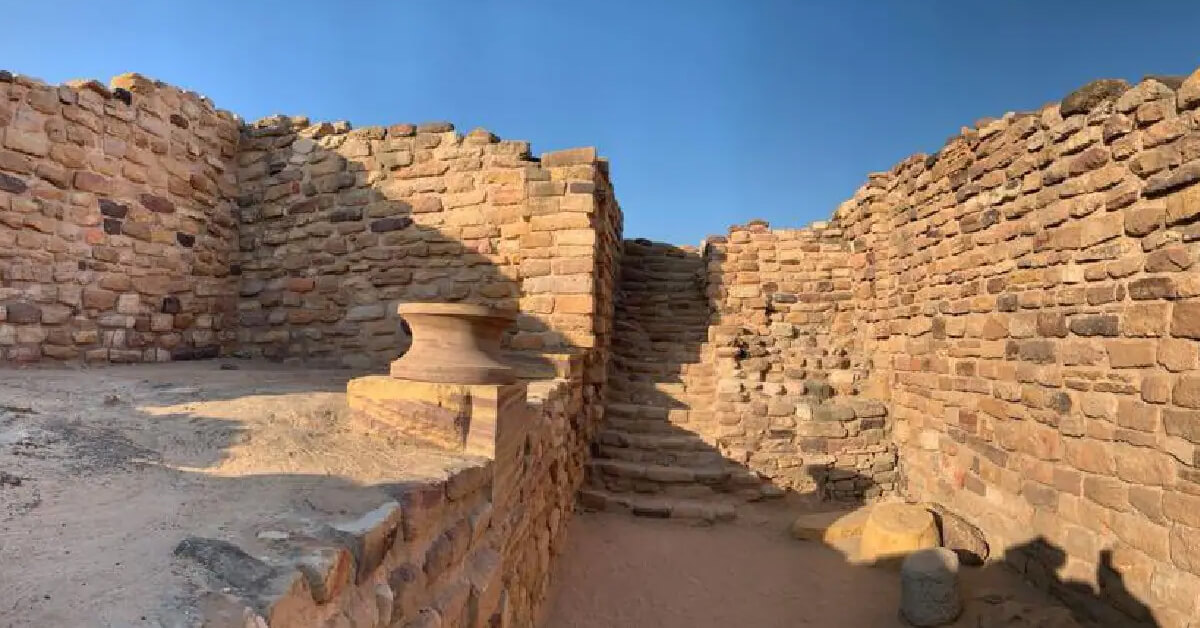
The United Nations Educational, Scientific and Cultural Organization (UNESCO) recognized Dholavira, Kutch the archaeological remains of a Harappan-era city as a UNESCO world heritage site. Gujarat now holds the distinction of having four World Heritage Sites, owing to the addition of Dholavira in the list.
Dholavira is the first site of the ancient Indus Valley Civilisation in India to be included in the list, and it is the fourth site from Gujarat and the 40th from India. Dholavira is one of India’s two largest Harappan sites, and the subcontinent’s fifth largest.
HISTORY:
Dholavira, also known as ‘Kotada,’ is a 100-hectare semi-arid island in the Great Rann of Kutch that remains above the floodplains during the months when the rest of the desert is drowned by the monsoon. The Archaeological Survey of India (ASI) discovered the site in 1967, although it has only been actively investigated since 1990.
Dholavira is the best example of witnessing the history of humankind’s development and downfall, as well as highlighting its numerous achievements in urban design, building methods, water management, social governance and development, art, manufacturing, commerce, and religious belief.
Here is a quick guide of all the things you need to know about Dholavira.
- ANTIQUES:
Terracotta pots, beads, gold and copper decorations, seals, fish hooks, animal figures, tools, urns, and some imported vessels are among the antiquities discovered, all of which show trading relations with regions like Mesopotamia. Ten enormous stone inscriptions, inscribed in Indus Valley script, were also discovered. These are some of the most significant Indus Valley Civilization excavations, although they are still a mystery.
- KNOWN AS THE BEST WATER CONSERVATION SYSTEM:

Dholavira is home to one of the world’s oldest water conservation systems. Satellite images reveal an underground reservoir, as well as an excellently designed rainwater collection system stretching from the city’s walls, without which the town would not have flourished in the desert’s scarce rainfall.
- ARCHITECTURE:

The whole layout was closely guarded, with the settlement’s defensive system being superior to that of the middle and lower cities. Some of the unique features of the Dholavira site include a cascading series of water reservoirs, outer fortification, two multi-purpose grounds — one of which was used for festivities and as a marketplace — nine gates with unique designs, and funerary architecture featuring tumulus — hemispherical structures similar to Buddhist Stupas.
- Why UNESCO termed Dholavira as a world heritage site:

Dholavira, which dates from the third to mid-second millennium BCE, is considered by UNESCO to be one of the most impressive and well-preserved urban towns in South Asia (Before Common Era). The ASI has constructed a museum at the site since the excavation. At the moment, the nearest human habitation is Dholavira, a hamlet with a population of roughly 2,000. Wood fossils are preserved in a fossil park near the old city. Despite the fact that it was just recently unearthed, the Dholavira site has escaped invasion throughout history and into the current day. The site was deemed to be devoid of any type of intrusion, which is a rarity in India, and hence was eligible for UNESCO classification.
- A must visit to Dholavira:
The Dholavira excavation narrates the tale of the civilization’s 7 stages, from growth to sophistication to disintegration, the final of which hints to a bizarre piece of history that raises more questions than answers. Dholavira was momentarily abandoned after the civilization’s apex, and it appears that the inhabitants returned with a considerably de-urbanized society. There are clues that they opted to simplify their lives rather than try to ride out the collapse of their once-famous civilisation. On the ruins, you’ll have the opportunity to reflect on what development and civilization represent, as well as what, if anything is genuinely permanent.
A trip to Dholavira is like departing one age and entering another, giving the trip in search of a forgotten civilization a magical touch.

 Our Affiliate Websites :
Our Affiliate Websites :